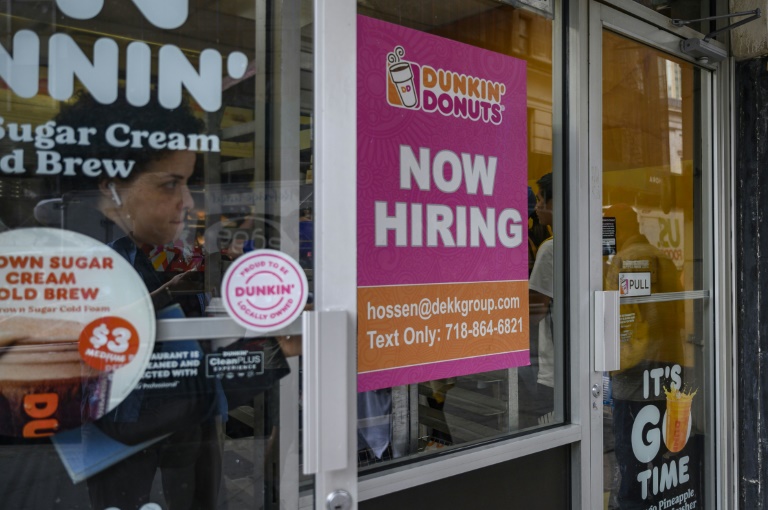
US private sector employment unexpectedly fell in September, with companies shedding 32,000 jobs, according to the latest report from payroll processor ADP. The figure, released Wednesday, was well below Wall Street expectations of a 45,000 gain and marked the weakest reading since the spring. ADP also revised down its August report, flipping what was initially reported as a gain of 54,000 jobs into a loss of 3,000, reinforcing the sense that momentum has been fading for months.
Small businesses were hit the hardest in September, with firms employing fewer than 50 workers accounting for the bulk of the losses. ADP said companies with 20 to 49 employees cut about 21,000 positions, while those with fewer than 20 workers dropped 19,000 jobs. In contrast, large firms with over 500 employees added roughly 33,000 positions.
The company noted that leisure and hospitality, professional and business services, and financial activities were among the weakest industries, while education and health services showed some resilience by adding jobs.
The report also found wage growth slowing for workers changing jobs, with average annual pay gains easing to 6.6 percent from 7.1 percent in August, while pay for “job stayers” continued to grow at a steadier 4.5 percent pace. ADP said the trend reflected a broad cooling in labor demand despite certain sectors still expanding.
The timing of the release has magnified its importance. Normally, the government’s Bureau of Labor Statistics (BLS) would publish the monthly nonfarm payrolls report two days later, providing a broader snapshot of hiring across the economy. But because of the federal government shutdown that began October 1, BLS is closed and unable to release its report. As CBS News reported, that leaves the ADP survey as one of the only national employment indicators available this week, though economists caution that it does not always align closely with the official government numbers.
Market reaction reflected the surprise. According to Reuters, U.S. Treasury yields fell on Wednesday after the ADP data showed the unexpected job losses, with investors interpreting the weakness as a sign the labor market is losing steam. Some analysts suggested the report could increase pressure on the Federal Reserve to consider further policy adjustments if the slowdown deepens.
The data point is one more signal of a shifting jobs landscape. As The Guardian noted, U.S. employers have been showing greater caution in hiring decisions despite stronger economic growth in the second quarter, raising questions about whether labor demand is entering a more fragile phase. With the shutdown halting official reporting and uncertainty still weighing on business confidence, September’s private-sector losses stand out as a warning sign for policymakers and markets alike.



